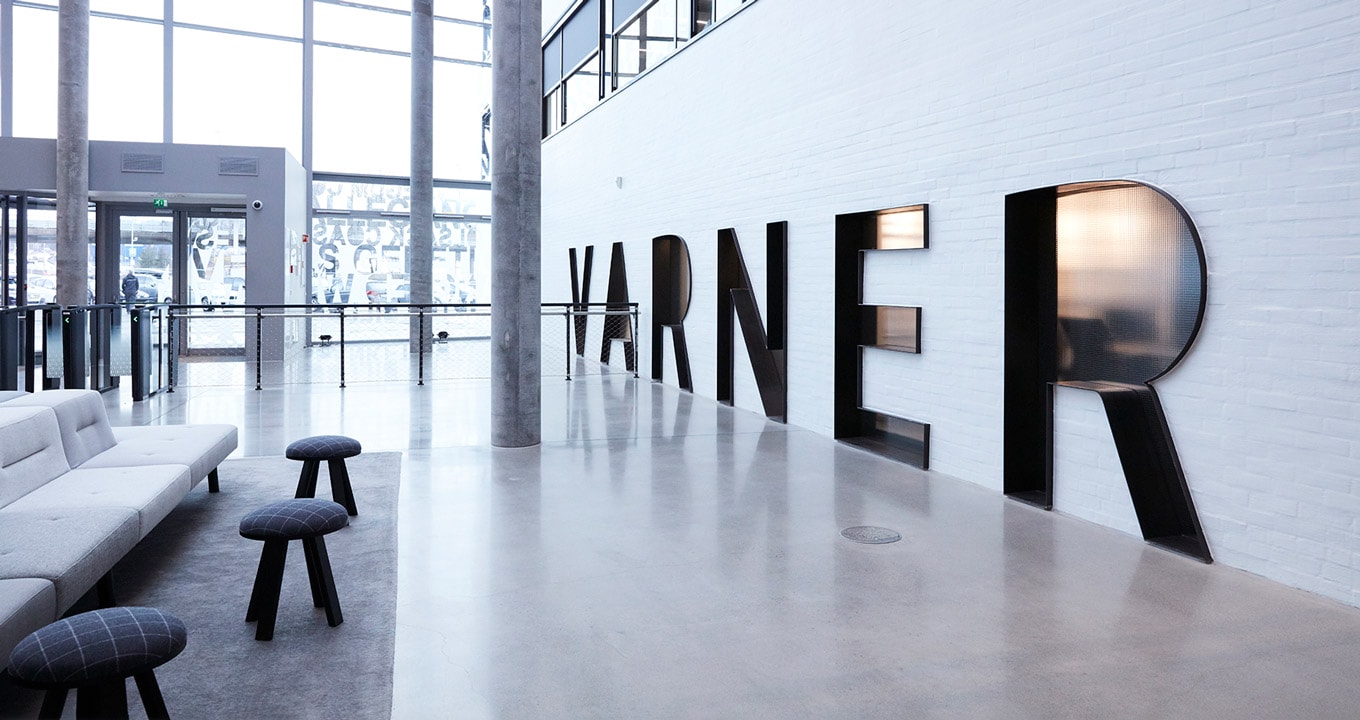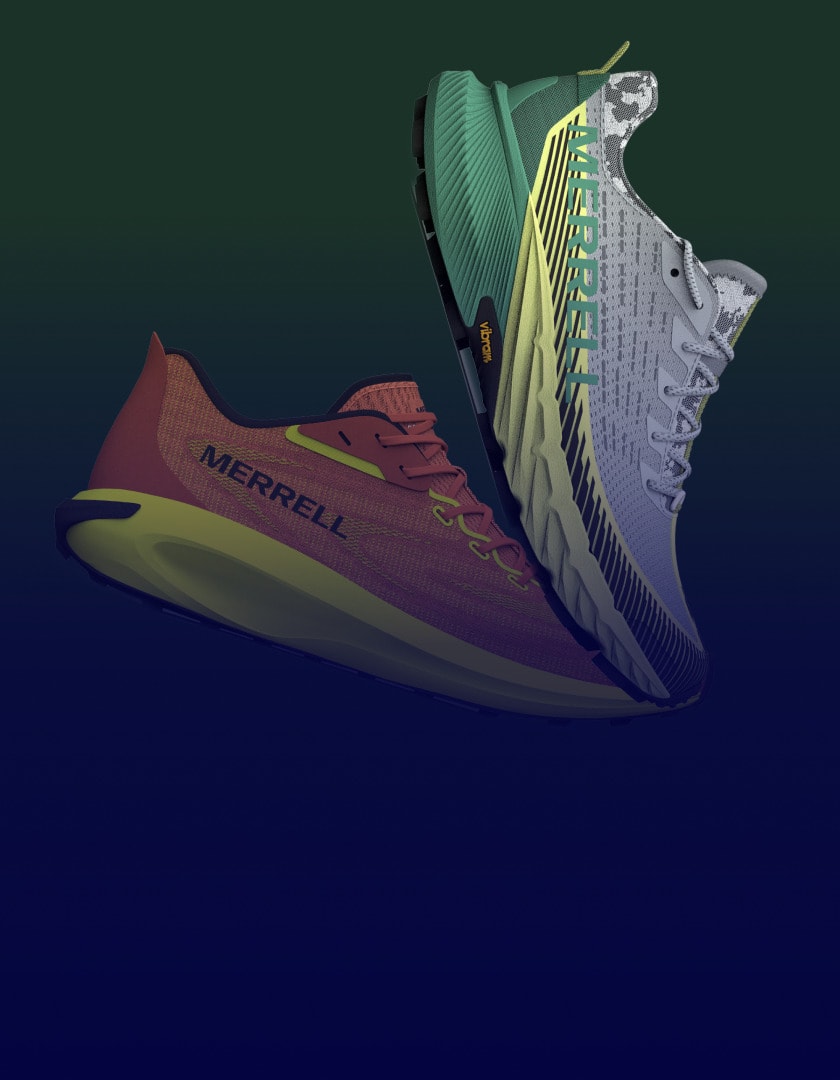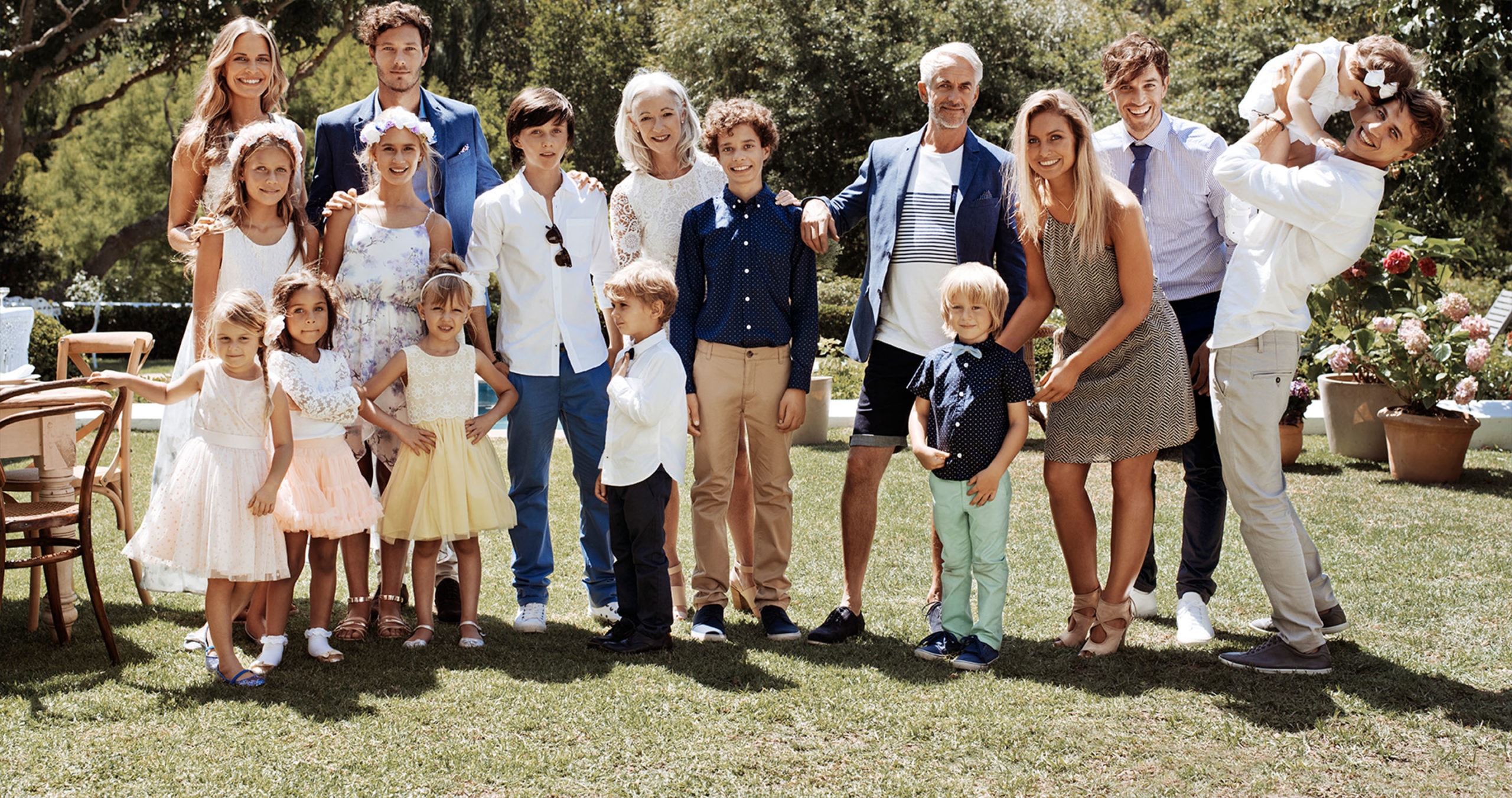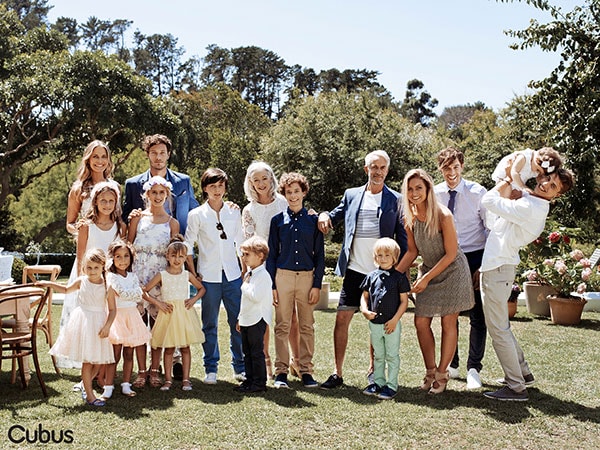Pressure to Keep Up
“At Varner, we’re proud of our strong family-run culture and our ability to share services across a variety of concepts to maintain consistency, but when it came to developing products, we still had some way to go.” Olav Fyldeng, Head of Business Applications at Varner remembers the business asking themselves the same question that many retailers do as they look to the future – what happens next?
“We’ve had huge success in the last ten to fifteen years and the pressure was on for us to keep reinventing ourselves. We knew that in the next three to four years a lot more business would be moving to online retail.
With that, consumers are becoming increasingly demanding, they want affordable, quality products at lightening speeds. We knew we needed to bridge the digitalization gap between IT and the business when it came to product development or we wouldn’t be able to keep up in the race.
”Today, Varner uses Centric Product Lifecycle Management (PLM) across 10 of their concepts to streamline product development and adapt to faster retailing trends. “It’s now possible to compare costs and product details easily in a global marketplace. We had already felt the benefits of joining forces across our concepts at Varner and knew that a shared PLM system could help us become market leaders in product development and time to market delivery.”
Since implementing Centric PLM™, Varner has been able to see a holistic view of all their products which is helping them to shorten lead times with suppliers through better preparation and make profit-making decisions about their product lines. How did they get here?

Nordic Style Meets Affordable, Fast Fashion
Varner is one of Scandinavia’s leading retail textile companies. Based in Oslo, Norway, this family-run business has been trading since Frank Varner opened his first clothes shop in Oslo in 1962. Building on its success, that shop was quickly followed by another in Trondheim.
The shops began trading under the name ‘Dressmann’ and opened at a record pace across Norway. The business is now owned and led by the second and third generations of the Varner family. Over the decades, Varner acquired several apparel companies and now owns 10 different concepts: Bik Bok, Carlings, Cubus, Days Like This, Dressmann, Urban, Vivikes, Volt, Wow, Levi’s Stores Scandinavia and Nike Stores Scandinavia.
Today, with 12,000 employees and 1500 stores across Norway, Sweden, Finland, Denmark, Iceland, Poland, Germany and Austria, Varner is a leading light in the Scandinavian apparel industry. Varner focuses on producing affordable styles as well as clothing that is delivered on a fast fashion timescale. Varner takes a ‘shared service’ approach to its company structure: all 10 concepts share common support structures and resources, such as the IT department, and use one large distribution center in Vänersborg, Sweden. Production is also shared and Varner has a large network of over 220 suppliers, covering 500 factories in 16 different countries.
Choosing Centric
To set themselves up for further growth in the retail market, Varner selected Centric Software to provide its PLM solution. Centric’s fashion expertise, customer references and functionality were critical in Varner’s decision.
“In keeping with our company culture of being unorthodox, we didn’t have a conventional selection process,” explains Fyldeng. “Usually when you buy a product you make very strict requirements and then you look for a specific product based on those. We didn’t go through all of those comparison stages, because when we started looking at Centric, we knew it was the right solution for us.”
“The key to our success is passion and Centric are as passionate about apparel and fashion as we are. Their experience in the industry and their customer references bear that out. Centric has a lot of ‘goodies’ in the system to keep users happy but it’s not just about the interface looking nice. Underneath, you need to have a good PLM planning brain and that is where Centric really excels.” As Fyldeng says, Centric’s functional features were a deciding factor in its success.
“It’s easy to use and Excel-like in its interface, so users were quick to adopt the solution. It works out of the box- there is zero coding involved. Fashion best practices are built in, based on Centric’s experience in the industry. It’s an innovative PLM, with great plug-ins for designers and associated mobile apps to create better real-time connectivity across teams.”
“The system’s PLM ‘brain’ capability supports the work that is the foundation of our business, such as creating designs and communicating with suppliers. Centric’s planning capabilities are particularly exciting for us. Centric PLM connects margins to cost in a very transparent way, enabling us to make fast product cost and margin decisions.”

‘The Way we Work’ 2.0
Rather than go live all at once with a ‘big bang’, Varner chose to implement Centric across its concepts in a step-wise approach per season, adapting to the pace of each. Varner first went live with Centric PLM for the jersey and underwear divisions of the Cubus ladies brand and the coats and jersey divisions at Dressmann.
“We had to get people on board internally about a project that has a long timescale, educate suppliers about the system and define our requirements clearly with Centric as our partner. Two years before we began implementation, we were defining our as-is processes, milestones and timelines, which we called ‘The Way We Work’. Centric is helping us to develop ‘The Way We Work 2.0’.”
“Our first go-live was 30 percent under time and under budget, which was a great beginning,” says Fyldeng. Despite apprehension about user uptake of a new IT system especially with designers, teams embraced Centric PLM which helps them better collaborate, improve functionality and maximize efficiency.”
We have now about 200 resources that use Centric PLM across 10+ concepts and 5 time zones.
“Our next step is to add in suppliers shortly. We are driving a total business implementation, not just an IT project and we’re already seeing the benefits of having all of our concepts on one coherent, collaborative system.”
From Implementation to Realizing Benefits
“The future of Centric at Varner will be driven by our business goals. We’re already understanding how we can fully utilize PLM to increase growth profits. For example, we’re improving the information we share with our suppliers and preparing this earlier in the cycle so that lead times are cut. Another significant step forward for us is that we are defining a core list of approved materials within Centric which will help to lower procurement costs and time wasted looking for alternative materials.”
“Working with Centric is a real partnership,” concludes Fyldeng. “We knew when we went into this that we wanted a solution partner, not just a supplier. We share a common vision with Centric that is based on making processes as easy as possible for our users and bringing people along with us at every step of the journey.”
New to Centric PLM? Learn more
What is Centric Pricing & Inventory? Learn more
What is Centric Market Intelligence? Learn more
Centric Visual Boards Learn more

















